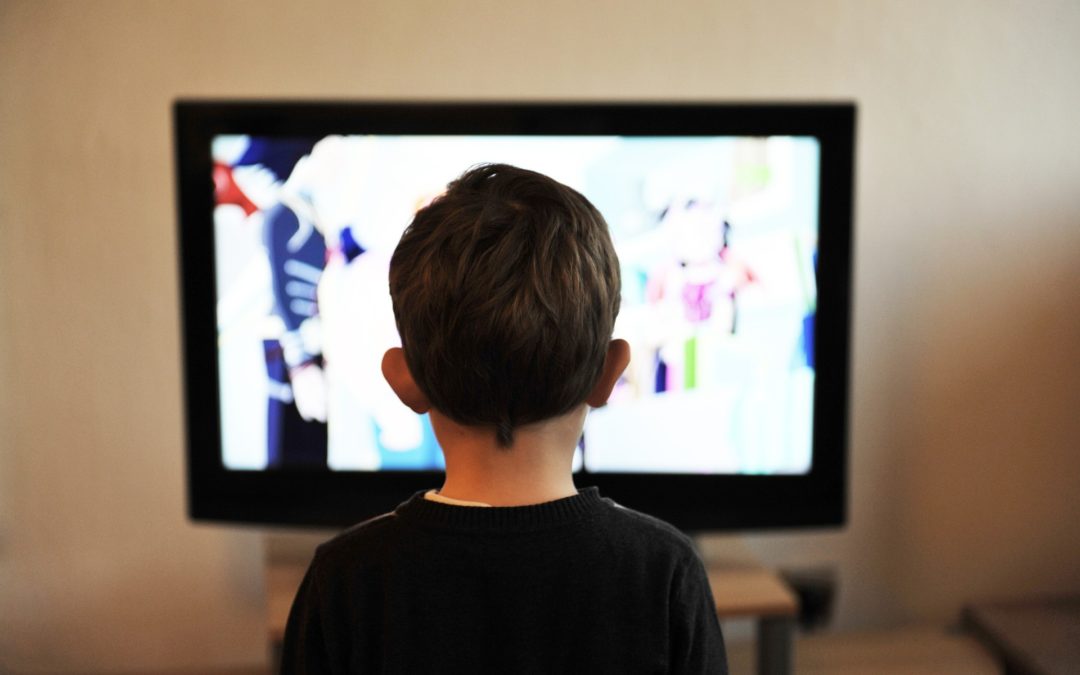In the digital age, children use technology from infancy. Movies, video games, books, maps, music, social media, even schoolwork – all are convenient and accessible by simply focusing on the unnatural glow of a digital screen.
Many parents scramble to keep up with the ever-growing technological boom; they buy family plans for smart phones, download apps for monitoring their child’s online activities and provide educational video games. It’s made life easier; a child’s entertainment and education is now one finger-tap away.
You might not realize it, but scientists, doctors and psychologists are also scrambling to study the health affects of the technological boom, especially on the children who now grow up immersed in it. One of the crucial topics being studied is: What is a healthy amount of screen time for children?
The American Academy of Pediatrics, the AAP, has been researching and defining this topic for years. In a recent news release, The American Academy of Pediatrics stated that children younger than two years old should have no access to screens at all. The only exception is video chatting with absent family members.
For children ages two to five, the AAP recommends only one hour of educational screen time each day. A child under age five should never consume media without an adult supervising the content. The AAP also recommends that: children do not view any screen at least an hour before bedtime; children do not watch anything violent; and children do not receive screen time to soothe poor tempers, as it may disturb normal emotional development.
Such low amounts of recommended screen time may surprise some parents. Some may worry that their child won’t develop as quickly or adapt as well as children who have more access to technology.
In fact, evidence supports the opposite. Too much screen time can be detrimental to a child’s physical and psychological development.
When children play video, computer or cell phone games, their eyes remain hyper-focused for extended periods on an animation moving around the screen. When children play outdoors, their eye muscles relax and are able to grow without strain.
Studies show that over-exposure to screens in childhood has been linked to vision problems like near sightedness in infants as young as two, and the frequency of reports of near sightedness in children has increased dramatically.
Your child may be having difficulties with their vision if they: have frequent headaches, rub their eyes often, experience double vision or struggle with reading. If you think your child may be developing vision problems, eliminate all screen exposure and talk to a doctor.
The use of excessive screen time in childhood has also been linked to other physical issues like: obesity and difficulty sleeping, as well as psychological issues like: depression, lack of social skills, behavioral problems and violence.
What you can do:
If you are unsure about the proper amount of screen time for your children, the AAP recommends using their free online tool: the Personalized Family Media Plan. Parents enter information (their child’s age, activity and sleep) and an appropriate amount of screen time will be recommended. Parents can use this tool as their child’s day planner and even print it out so the child can easily see when they will have screen time, out door time and family time.
The AAP recommends designating screen free “zones” in the house, like the dining room or bedrooms. Dining rooms are a good place to reserve for family time, while bedrooms should be screen free to promote healthy sleep. Charge all electronic devices outside of the bedroom at night, so that light and noise, or the temptation to use media, will not disrupt your child’s sleep.
When your child does have screen time, parents should participate in the experience. This helps children learn more than if they were on their own. Common Sense Media provides reviews and guides to help parents select the best television, games, apps and websites for their children.
If your child struggles to cut back on screen time, set a good example by putting your electronics aside for quality family time and physical activity. This will strengthen your bond as a family and help your child to grow up healthy and well adjusted.

